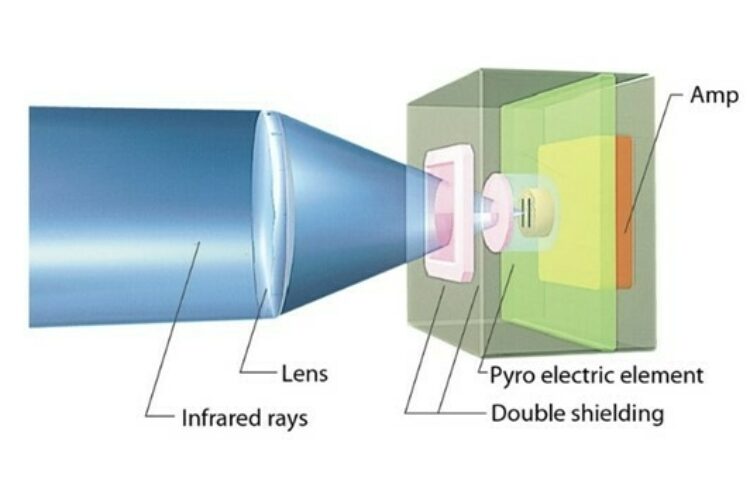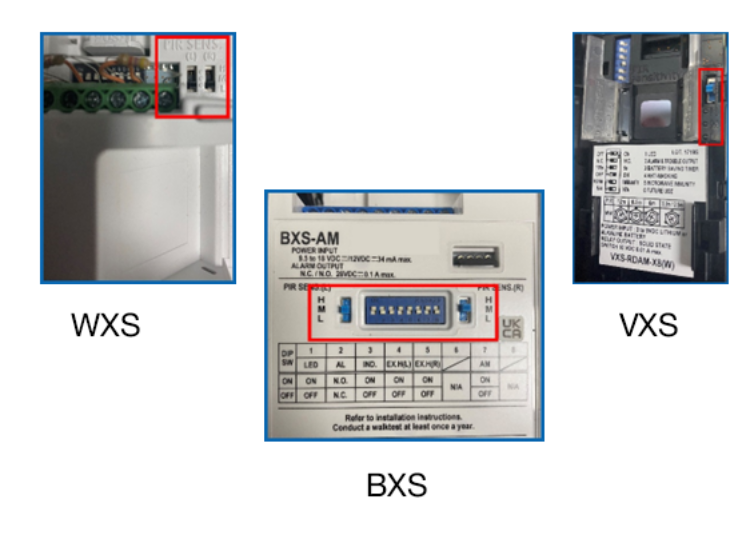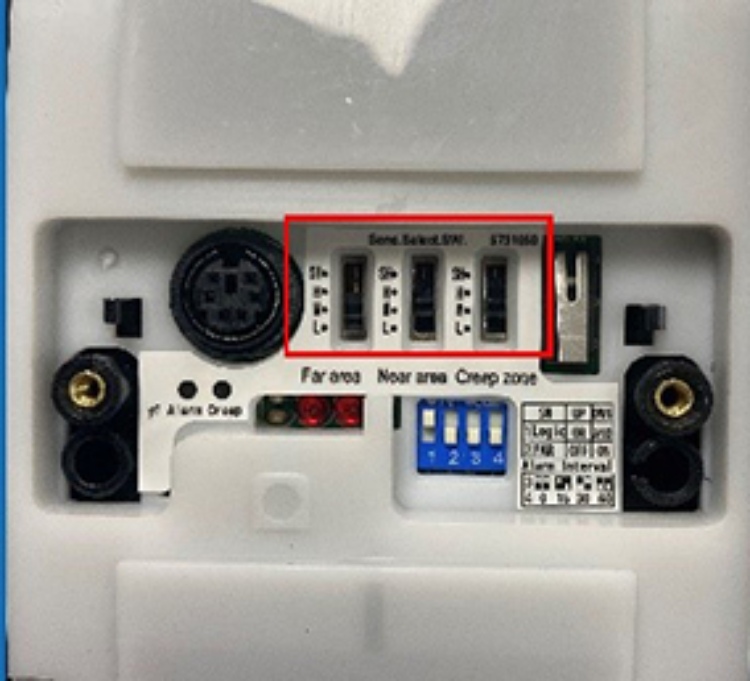27 July 2022 - Tom Opio
Featured in: Product information and OPTEX tech tips, Tech Tip, Intrusion detection
Infrared detectors use the difference between the ambient temperature and the moving object to detect intruders. With heatwaves all across Europe, one of the most frequently asked questions we receive is how well do PIRs perform in hot temperatures and if there are any sensing features which can make this possible

In low temperature environments, the detector can clearly sense a difference between the environment and the human body, which makes detection easy. Similarly, in very hot temperatures, PIRs will sense the difference between the environment and the human body, but will struggle when the temperature difference becomes small.
OPTEX PIR sensors include a number of features that help to ensure detection stability even when the environment temperature and human body temperature are similar. See an example of our VXI-CMOD working perfectly during the UK heatwave:

Super multidimensional analysis (SMDA) logic and Intelligent detection system
OPTEX's unique Super Multidimensional Analysis (SMDA) logic allows the sensor to learn from the environment and understand the ambient temperature, enabling the detector to effectively detect intruders without nuisance alarms, even when the environment temperature is close to human body temperature.
The advanced temperature compensation logic featured in our sensors means the detector will automatically boost sensitivity when the temperature between the moving object and the ambience temperature is small, for instance when the ambience temperature reaches 35 degrees. As the detection is positive or negative, when the ambience temperature is higher, for instance at 40 degrees there is enough temperature difference between the environment and the human body and the sensitivity will automatically regulate to normal.
The Redwall SIP series features an intelligent detection system that uses ambient temperature and illuminance data to automatically adjust the sensitivity and minimize false alarms.

Double conductive shielding
In warmer weather we often have sunshine and sudden light reflection from nearby objects may reach the detector. Our double conductive shielding allows for the visible light disturbance and RFI to be blocked. Also, the carefully designed high-quality Fresnel lens used in OPTEX Indoor detectors eliminates sensitivity distortion and achieves a sharper focus of target objects to the PIR sensor elements.
Useful settings to improve detector stability in high-temperature environments:

1. Increase sensitivity settings
Some of our sensors have sensitivity settings and if needed, the sensitivity may be increased so smaller temperature differences can be detected. Sensitivity settings available in the Shield PIR range are: Low, Medium and High.
WXS sensor settings can be found in the top right of the sensor (once the cover has been removed).
BXS sensor settings are in the middle of the sensor (once the cover has been removed). An Extreme high option is available. Note that if you adjust to extreme high settings DIP switch 4 for left and DIP switch 5 for right should be turned on.
VXS sensor settings can be found top right of the sensor (once the cover has been removed).

In case of the REDWALL SIP series Super high sensitivity settings are available in addition to low, medium and high settings. The setting should only be increased to the level required as excessive sensitivity may lead to nuisance alarms. You can adjust the sensitivity of each detection zone: near, far and creep zone independently.
A walk test needs to be performed following sensitivity adjustment.

2. Locate the sensor to reduce direct sun light to the sensor lens.
Where it is not possible to avoid direct sunlight to the lens, consider using dual technology sensors (PIR + Microwave). Dual technology detectors have both PIR and Microwave sensitivity settings available.